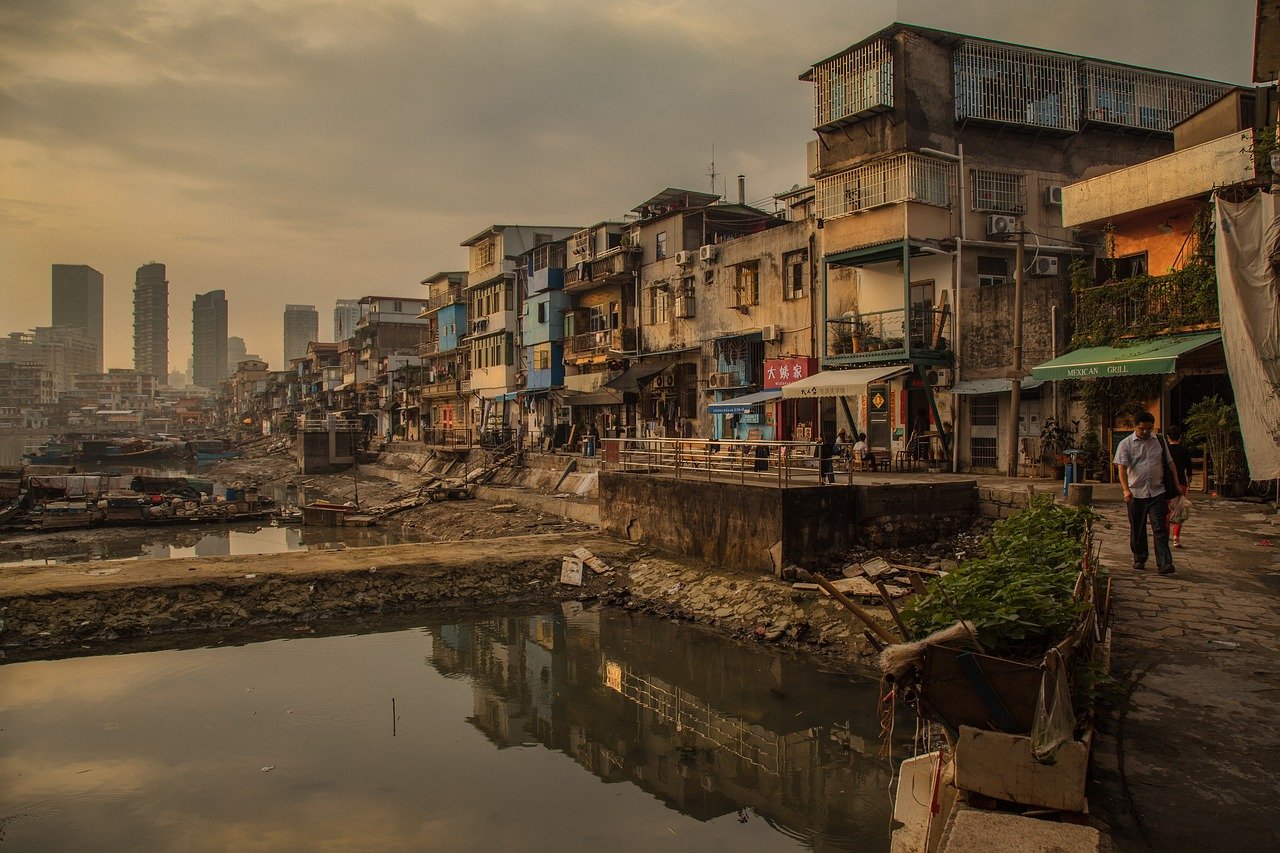Introduction
The issue of slums dates back to the 16th century, where they were initially seen as a solution to large-scale housing for low-income people rather than a problem. Rapid urbanization required cheap labor, leading to the formation of slums. Over time, however, slum dwellers found themselves without legal ownership, facing eviction at the whims of landowners.
Even today, large-scale evictions occur under the pretext of “public purpose” projects, such as city beautification and smart city initiatives. According to data from the Housing and Land Rights Network India (HLRN), approximately 46% of recorded evictions have been justified undAn Analysis of Karnataka’s Slum Law
er these projects, despite the fact that they displace a significant portion of the urban population.
Karnataka Slum Areas (Improvement and Clearance) Act, 1973
In 1973, the Karnataka government introduced the Karnataka Slum Areas (Improvement and Clearance) Act to address slum-related issues. However, instead of safeguarding slum dwellers’ rights, the law treated slums as obstacles to urban development.
- The Act aimed to clear slums rather than improve living conditions.
- It mirrored a refugee law that prioritized relocating individuals rather than rehabilitating them.
- Due to its ineffective framework, the law underwent eight amendments over the decades.
The original law assumed that slums were illegal occupations by marginalized groups, predominantly Dalits and minorities. The state viewed these areas as overcrowded and unhygienic, justifying eviction rather than improvement.
The Shift to the Slum Development Act (2014)
Over the decades, changing urban landscapes and growing inequality forced the Karnataka government to amend the 1973 Act multiple times. In 2014, it was renamed the Slum Development Act to reflect a more progressive approach.
However, despite the name change:
- The core philosophy remained the same, with little emphasis on rehabilitation.
- The lack of internal coherence between older provisions and newer amendments led to inefficient implementation and legal disputes.
- Karnataka continued to struggle with poor housing facilities for the urban poor.
Pradhan Mantri Awas Yojana (2013-2022) and Its Challenges
The Pradhan Mantri Awas Yojana (PMAY), formerly known as Rajiv Awas Yojana, was launched with the vision of creating a slum-free India. It aimed to upgrade slums and assign legal ownership to residents.
However, several challenges have hindered its success:
- Land Availability
- The central government mandated that state governments provide land free of cost to claim PMAY funds (Kundu, 2014).
- Local authorities lack resources to acquire land at zero cost.
- Slums are typically located in prime urban areas, making land allocation difficult due to high real estate value (Ranjan, 2014).
- Land Tenability Issues
- Tenable land refers to land that is not hazardous or earmarked for public use.
- If a slum is on tenable land, in-situ development is required, preventing relocation.
- Authorities often declare land untenable to reclaim it from slum dwellers rather than upgrading it.
- Frequent amendments to the definition of tenability have created legal loopholes (Ranjan, 2014).
Due to these land availability and tenability challenges, PMAY has struggled to gain traction in Karnataka.
The Way Forward
To effectively address slum-related issues, Karnataka must adopt a well-defined slum policy that prioritizes inclusivity and sustainable development.
Key recommendations:
- Move beyond market-driven solutions, which often exploit marginalized groups for profit.
- Recognize that slums are not just about housing shortages but represent structural exclusion from urban resources.
- Reform urban land policies to prevent financial speculation on slum areas, which leads to systematic evictions.
- Ensure genuine in-situ redevelopment rather than forced relocation.
Conclusion
Karnataka’s slum policies have evolved over the years, but they continue to focus on erasing slums rather than empowering slum dwellers. While initiatives like PMAY offer potential solutions, they remain hindered by land-related challenges and policy inconsistencies. A progressive, human-centric slum policy is needed to truly address the housing crisis for the urban poor.
Bibliography
- UN-Habitat. 2003. The Challenge of Slums – Global Report on Human Settlements, 2003. Earthscan Publications Ltd.
- Bangalore Development Authority. 2018. Revised Master Plan 2031. Bengaluru: BDA.
- Bhagat, R. B. 2014. Urban Policies and Programmes in India: Retrospect and Prospects. Yojana.
- Bhan, Gautam. 2014. Continuity Amidst Change: Learning From Rajiv Awas Yojana. Yojana.
- Kundu, Amitabh. 2014. A Perspective for Slum Free India. Yojana.
- Ranjan, Rakesh. 2014. Inclusive Growth Through Efficient Urban Planning. Yojana.
- Soumya Chatterjee. n.d. Social Justice and the Urban Deprived Communities: A Critique of the Bangalore Revised Master Plan 2031. Bengaluru.
- UN-HABITAT. 2001. www.unhabitat.org**. Accessed April 11, 2018.





